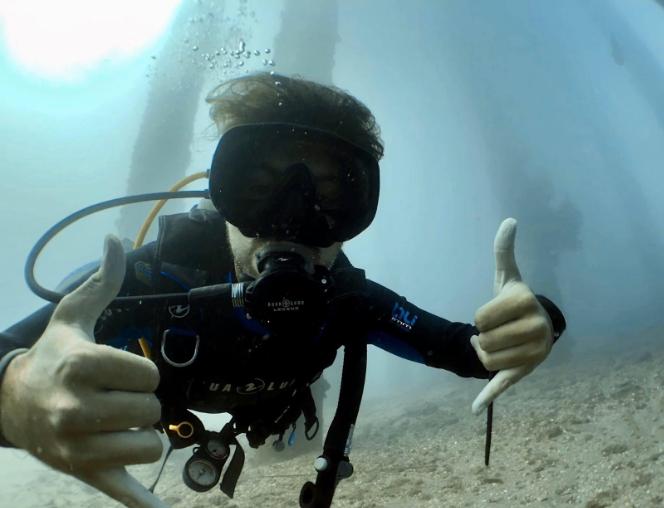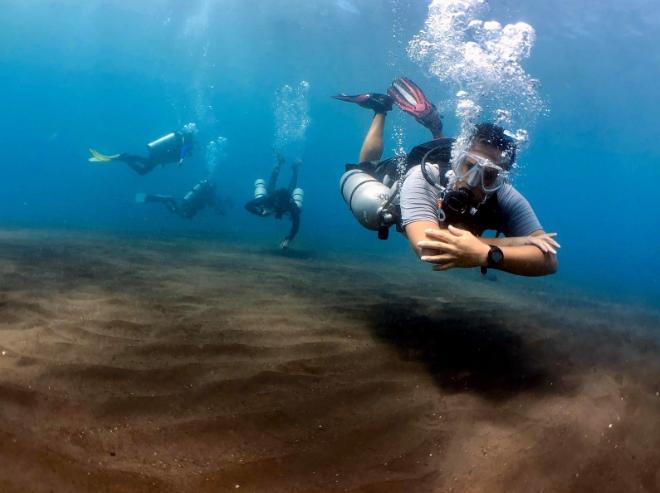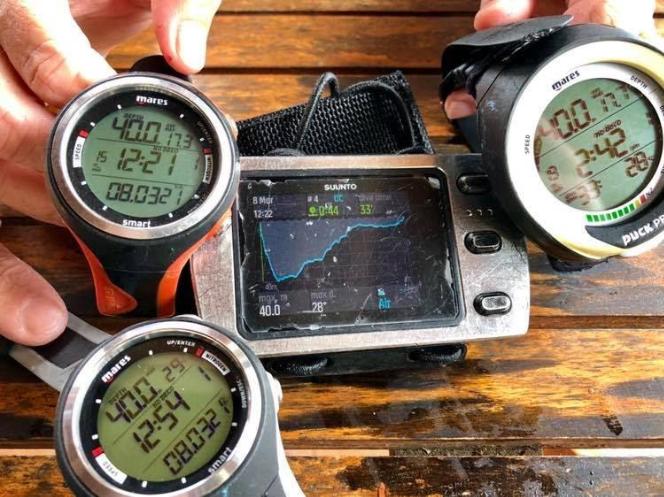PADI IDC Theory: Decompression Theory Part 2
Nitrogen, Tables, and Decompression Theory Part II
Nitrogen is soluble in blood, and at pressure, saturates tissues in the human body. Different types of tissues absorb and release nitrogen with varying readiness, but this information is not readily available so it is instead simulated with different theoretical tissue “compartments” that have half times for saturation and desaturation. Once a certain depth (and corresponding partial pressure of nitrogen) is reached, nitrogen begins dissolving into a given compartment. Upon ascent, the amount of dissolved nitrogen in that compartment is halved once every number of minutes, denoted by the half time of that compartment.
- If a diver completes a dive and surfaces, after one half time, the saturation in a given compartment would be 50% of the original saturation.
- The saturation falls to 25% after two half times, 12.5% after three half times, and this pattern continues.
- After six half times, (1.56% of the original saturation), a compartment is considered “clean” or free of nitrogen.
Shallow dives do not have enough pressure for fast compartments to reach saturation limits (determined by the partial pressure of nitrogen) so a diver’s maximum no-decompression time on shallow dives is determined by slower compartments that take longer to become saturated.
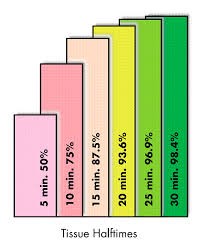
M-values are the maximum pressure gradient a tissue compartment can sustain before symptoms of decompression illness occur. The slower the compartment, the lower the M value. The faster the compartment, the higher the M value. When any compartment reaches sufficient saturation to reach or exceed its M value, the dive must end or it becomes a decompression dive.
The dangers of decompression illnesses (DCI) come from a difference in partial pressure of gas between body tissues and the atmosphere upon surfacing. If you are diving at altitude, the ambient atmospheric pressure at the surface is lower, accelerating the release of gases into the bloodstream. Lower saturation levels are required in order to maintain acceptable pressure gradients within tissues. Lower atmospheric pressure’s accelerating effect on decompression (overall increasing the danger of DCI) means two things. When diving at altitude, you must adhere to appropriately reduced bottom times, and there is an increased need for safety stops.
Flying after diving can be very dangerous. Flying in commercial airliners can expose you to atmospheric pressures of up to 0.74 ata (atmospheres absolute) as opposed to the typical 1.00 ata at sea level. The appropriate calculations have not been done to simulate decompression at 0.74 ata as opposed to sea level atmospheric pressure. The effective “ascent rate”, the rate of decreasing pressure in an aircraft, could surpass that of a regular scuba ascent and cause nitrogen bubbles to form, with the right conditions. It is recommended that you do not fly for at least 12hrs following a single dive, or 18hrs for multiple dives. Stay tuned for more on ascent rates and nitrogen bubbles in part III of Nitrogen, Tables, and Decompression Illness.
Dive computers are wonderful tools that constantly monitor depth and exposure to partial pressure of oxygen as well as nitrogen, re-calculating saturation in all compartments and giving live updated no-decompression limits during dives. If you ascend even one metre, your computer can credit you more time for that reduced rate of saturation.
PADI also has a number of recommendations following the failure of a dive computer, or changing of a battery.
- Divers must not share a computer; do not borrow anyone’s computer or lend yours out.
- Do not change computers, do not change the battery in your computer between dives
- If your computer fails, stay out of the water for 12-24hrs so you can start clean
- Follow manufacturer guidelines
- Try to keep the computers at a similar level of conservativism so one diver is not left at a longer safety stop or at depth during a dive.
- End the dive when any computer in a group or buddy team recommends you do so; follow the most conservative computer.
- Ensure computers are set to the appropriate gas mix (Air, EANx) for every dive
- Computers are still able to fail – do not do something if you do not feel that it is safe, even if the computer says it is safe to do so.
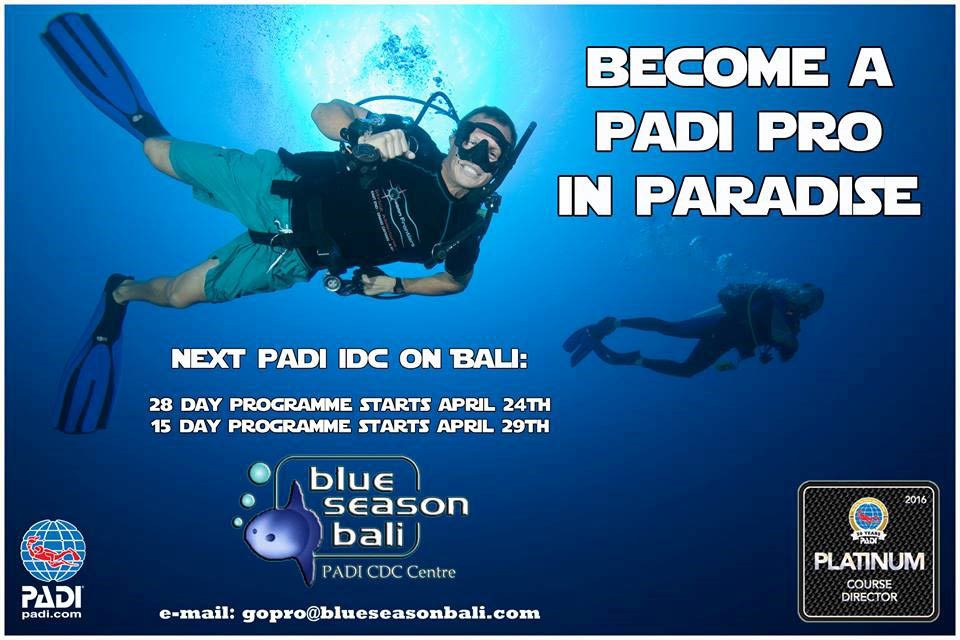
RDP tables, decompression calculators such as the eRDPML, and dive computers using various algorithms (RGBM, Pelagic Z+, DSAT, etc.) are all merely theoretical models based on past experience and other individuals. They are not absolute and there is no guarantee that you will not experience DCI even when you are within table and computer limits. You must be aware and prepared, diving safely and always leaving a margin of safety. Part of becoming a PADI instructor and scuba diving expert is using your knowledge and experience to develop a keen sense of judgement that enables smarter, safer diving.
Our PADI IDC programme extensive dive theory sessions to prepare for the IE theory exams. Join us in Bali to learn more !



